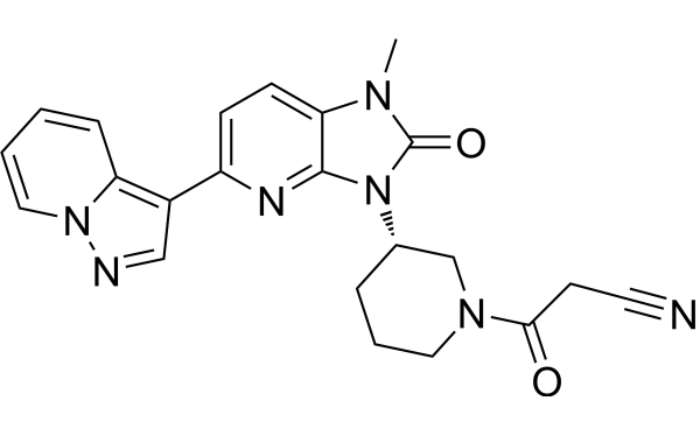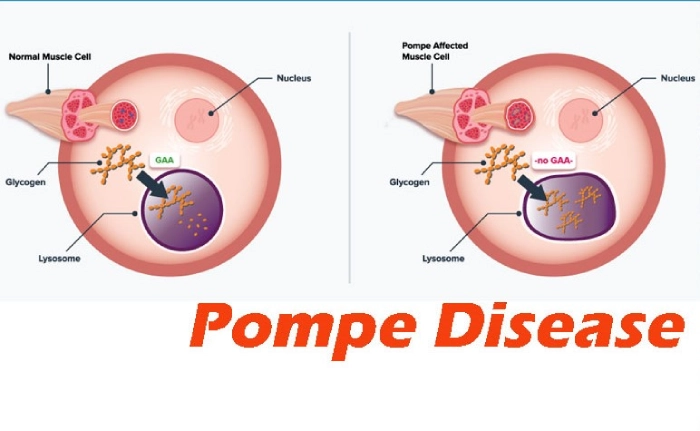Frevecitinib’s Potential in Transforming Asthma Treatment
Kinaset Therapeutics, a clinical-stage biopharmaceutical company focused on developing inhaled therapeutics for serious respiratory diseases, recently announced that the U.S. Food and Drug Administration (FDA) has cleared its investigational new drug (IND) application for frevecitinib (KN-002). This novel inhaled dry powder therapeutic is being developed for asthma patients who remain inadequately controlled by standard inhaled maintenance therapies, such as medium-to-high dose inhaled corticosteroids (ICS) and long-acting beta-agonists (LABA), with or without additional controllers like long-acting muscarinic antagonists (LAMA). Kinaset plans to initiate a Phase 2b dose-ranging trial in mid-2025.
Asthma is one of the most common chronic respiratory conditions globally, affecting millions of people. Despite standard treatments, nearly 50% of patients continue to experience persistent symptoms. Frevecitinib, a first-in-class inhaled pan-JAK inhibitor targeting JAK1, JAK2, JAK3, and TYK2, is designed to deliver therapeutic concentrations directly to the lungs via a single-capsule dry powder inhaler, while minimizing systemic exposure. This targeted approach could offer significant benefits for patients with severe asthma who do not respond adequately to existing therapies.
Mechanism and Clinical Promise
Frevecitinib’s unique mechanism of action as a pan-JAK inhibitor, combined with its localized delivery to the lungs, positions it as a potentially transformative therapy for severe asthma. By inhibiting multiple JAK pathways, frevecitinib addresses the underlying inflammation that drives asthma symptoms, offering a novel approach to treatment. The drug’s ability to minimize systemic exposure is particularly noteworthy, as it reduces the risk of side effects commonly associated with systemic JAK inhibitors, such as infections or cardiovascular events.
In Phase 1b studies, frevecitinib demonstrated clinically relevant reductions in fractional exhaled nitric oxide (FeNO), a key biomarker of airway inflammation, in patients with both mild and moderate-to-severe asthma. Importantly, these reductions were observed even in patients with low blood eosinophil counts (below 300 cells/mm³ and below 150 cells/mm³), populations that are often less responsive to other therapies. The Phase 1b results also showed dose-proportional pharmacokinetics with plasma levels below pharmacologically active concentrations, indicating a favorable safety profile with no systemic or local safety concerns.
Looking Ahead: Phase 2b and Beyond
The upcoming Phase 2b dose-ranging study aims to identify the optimal dosing regimen for frevecitinib, paving the way for pivotal clinical trials. If successful, this therapy could fill a critical gap in the treatment of severe asthma, particularly for patients who do not achieve adequate control with current standard-of-care therapies. The targeted delivery mechanism and promising early data suggest that frevecitinib could become a valuable addition to the asthma treatment landscape.
Commentary by SuppBase columnist Alice Winters

Kinaset Therapeutics’ frevecitinib represents a significant advancement in the treatment of severe asthma, particularly for patients who remain symptomatic despite standard therapies. The drug’s innovative design as an inhaled pan-JAK inhibitor offers several advantages, including targeted lung delivery and minimized systemic exposure, which could reduce the risk of side effects commonly associated with systemic JAK inhibitors.
From a formulation perspective, the use of a single-capsule dry powder inhaler is both practical and user-friendly, potentially improving adherence among patients. The Phase 1b results are encouraging, particularly the reductions in FeNO levels across a broad spectrum of asthma patients, including those with low eosinophil counts. This suggests that frevecitinib could be effective in a wider patient population compared to other biologics that primarily target eosinophilic asthma.
However, while the early data are promising, the true test will come in the Phase 2b trials, where the optimal dosing regimen will be determined. The success of frevecitinib will depend on its ability to demonstrate consistent efficacy and a strong safety profile in larger, more diverse patient populations. Additionally, the long-term effects of JAK inhibition in the lungs remain an area of interest, as prolonged use could potentially lead to unforeseen complications.
From a market perspective, frevecitinib has the potential to carve out a niche in the severe asthma treatment landscape, particularly if it can demonstrate superior efficacy in hard-to-treat populations. Its development also aligns with broader trends in respiratory medicine, where targeted therapies and personalized treatment approaches are increasingly prioritized.
In conclusion, frevecitinib is a promising candidate that addresses a significant unmet need in asthma treatment. Its unique mechanism of action, combined with its targeted delivery system, positions it as a potential game-changer for patients with severe asthma. However, further clinical data will be essential to fully understand its efficacy, safety, and place in the treatment paradigm. As the Phase 2b trials progress, the respiratory community will be watching closely to see if frevecitinib can deliver on its early promise.



